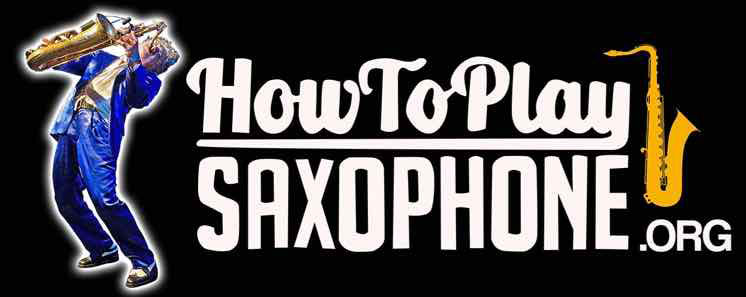Home Alt › Forums › Repertoire › "Knock On Wood" Backing Track For Everyone
- This topic has 29 replies, 8 voices, and was last updated 9 years, 2 months ago by
Anonymous.
-
AuthorPosts
-
September 15, 2016 at 5:08 am #41342
Anonymous
last year i spent a whole year working through a music thoery course that i paid for.
When i was doing the course, there was lots of reference pages – in various forms from summary pages, appendixes, charts, diagrams etc..
The clues in the title ‘reference’ – short, concise descriptions, for reference purposes more in situations of forgetfulness than to aid in learning.
In fact to remember some of the more complex music theory i created my own mind maps, to save having to go through pages of a text book to find what i was looking for when i kept forgetting something that i was learning.
Aids like Jeff’s music ruler, i wish i had that when i started out.
Jeff’s chart i can find a use for, while i’m practicing, as i sometimes stop and realise ‘oh thats a mixolodian’ scale, i’ll transpose that to another key, and thats where the chart comes in handy – instant access, and it confirms i’ve got the right notes, it’s just not practical time-wise at that moment in time for me to go hunting through a music book or stick a dvd on and start trying to find what i’m looking for, or browse youtube – when its there right in front of me on a reference page.
I’ve nothing against anyone doing a video explaining something, but later on my reference notes in the form of lookup sheets are far quicker to recall something.
rock on
September 16, 2016 at 6:45 am #41369Anonymous
Perhaps it’s not so simple as `touch wood’, chaps?
I came across this advice today, from a professor of jazz studies and music education at the University of Louisville, in a book I’m reading.
“In order to be proficient in jazz one should develop skill in all twelve keys on the following scales and modes: major, harmonic minor, natural minor, melodic minor (ascending form only), Pentatonic, blues, bebop, whole tone, diminished, Lydian dominant, and diminished whole tone scales; and the following modes: Dorian, Mixolydian, Lydian, Locrian, and Phrygian. He / she should also develop their skills playing arpeggios in all inversions of the following 7th chord types: major, minor, dominant, half-diminished, diminished, minor / major, and augmented.” Jerry Tolson
(The Jazzer’s Cookbook Page 135)September 16, 2016 at 7:38 am #41371Thanks Jeff,
I see this book listed on Amazon. Think I’ll order it; Looks like a good book. I recognize some of the names in the book. I have Ruben’s Saxophone Method and Aebersold and many others. This Jazzer’s Cookbook might help organize all the material in these books. I’ll let you all know how the book fits in with the sax and me.September 16, 2016 at 11:54 am #41376Hi Jeff.
You threw out something to think about and to start reviewing. So I took out my Aebersold Vol.1 “How To Play Jazz and Improvise. Important pages 46 and 47. (Related scales and modes) Then Page 62. Ten Basic Exercises for the sax. *Learn the chromatic scale in all keys from the lowest note to the highest note on your horn. Johnny has often stressed this. Go up and down back and forth in all keys. Make up some tunes as you blow. This one page will keep you busy blowing the scale, the chord, root 3rd and 5th. Check out Aebersold Vol.1
Make the exercises fun. Blow some blues as you practice. Thanks Jeff for the reminders. I did order that book, “The Jazzer’s Cookbook”.September 16, 2016 at 12:35 pm #41377Anonymous
Hi William, I watched a number of sax training videos today and they are all saying the same thing. We’ve got to know our scales backwards and be really proficient with our instrument. This is not new info if one has purchased courses from Johnny. We can buy the best equipment, but we won’t be any good without knowledge and practice, and practice and a little more practice with a side portion of practice – LOL
Another thing I discovered is that one must rest for as long as one plays – to give the circulation time to normalize. I have been playing for too long without sufficient rest in between tunes. I’m going to have to revise my practice method and practice more often for shorter periods. Apparently one should begin with the scales F# and Db, once they are fast and smooth the other scales with less sharps and flats are then apparently easier to master – we will have to see!
September 16, 2016 at 4:24 pm #41387My Hercules tall auto-grab sax stand arrived today. My fingers cramp up some times often times when putting the sax away. Anybody else have that condition with the fingers
September 17, 2016 at 8:13 am #41404Anonymous
Hi William
When I exercise too much I get terrible cramps in my legs. The best product I’ve found to eliminate muscle cramps is Slow-Mag tablets from Merck.
If you are going to do intensive work with your hands, you could take a disprin/asprin to thin the blood, so the lactic acid is flushed out of the muscles more easily. This is a little trick I learnt from taking part in road cycling endurance races.
September 17, 2016 at 8:35 am #41406Thanks Jeff
I’ll look into that slow mag.September 17, 2016 at 12:03 pm #41411Anonymous
Cheers Jeff,
thanks for the tip, i sometimes get cramp in the legs at the end of the day if i spend a whole day working in the garden! -
AuthorPosts
- You must be logged in to reply to this topic.
